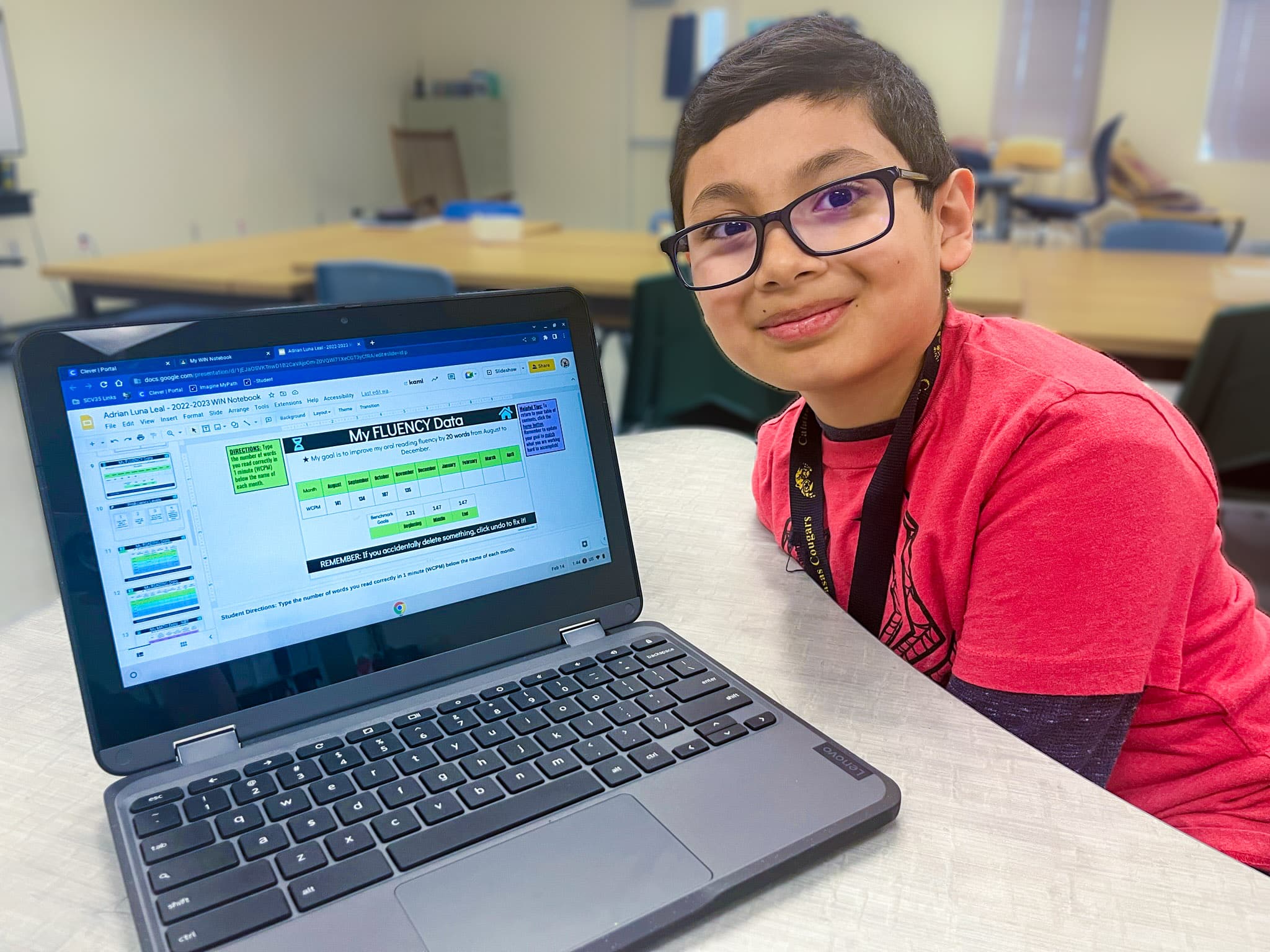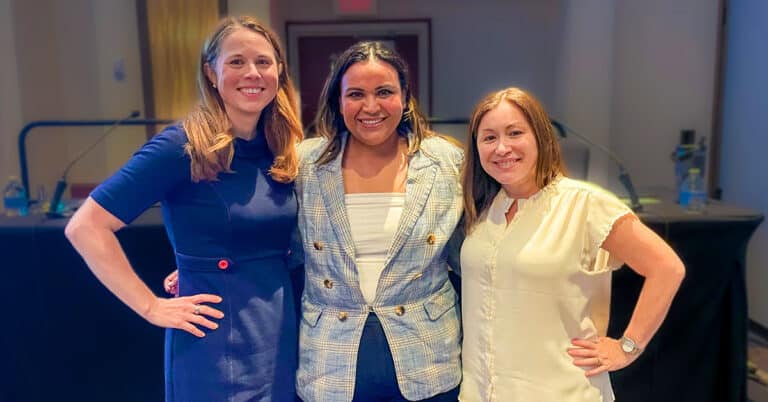While she’s ready and willing to answer questions during student-led conferences, Yuki Carrillo’s third graders are the ones explaining standards-based grading to their parents.
“They understand better what the concept behind their grade is,” said Carrillo, who has been teaching at Calabasas School in Santa Cruz, Arizona for 18 years. Student-led conferences are just one of the ways she’s helping her students own their learning experience. “Instead of a student having a 90 or a 70 percent, a B or a C, the proficiency scale we use is more specific about what things they need to be moving on, what they’re learning and what they need to practice more. I think the parents saw that their own kids have ownership over what they are learning.”

Prior to the shift to standards-based grading, students, parents and teachers had access to a variety of resources to help them understand the new grading system, including videos, meetings and materials sent home in English and in Spanish. And now third graders like Juan Espiricueta Jr. can clearly articulate what the proficiency scales mean in his own words.
“Level one, I am beginning to learn. It means, you’re starting to kinda get it, but you need more help,” Espiricueta Jr. said, pointing to the different levels outlined in his WIN notebook. WIN stands for “What I Need.” These notebooks are used by all Calabasas students from kindergarten through eighth grade.
Espiricueta Jr. reads the language exactly as printed, but adds his own spin, too. “A two is: I can show evidence and can remember details. It’s where you already know it, you just need to remember a few things still. Level three is: you know it, you’re good at it, you’re right where you need to be. Four is advanced. I can demonstrate my learning in many ways. I could teach something or do something.”
“Are we doing what is best for our kids?” Learn more about Santa Cruz Valley Unified School District’s assessment system at The 74. Read now »
Students track their own learning – and the focus is on growth.
Diana Medellin, a sixth-grade teacher at Calabasas, also has her students use their WIN notebooks during student-led conferencing.
“The notebook starts with things about them: things they like, their future career and the path they might take. Their goals for the school year and how to accomplish those goals. Then their scores for MAP testing and the regular school year,” said Medellin. “We have students present the WIN notebook to their parents. They say ‘Okay, mom, dad, this is what I like, this is how I’m doing, this is how I did in MAP in the beginning, this is how I did in MAP most recently.’ They are the ones that present the WIN notebook, as their own.”
Fourth-grader Adrian Luna Neal describes his WIN notebook as “a calendar to record the things you did; it shows the skills you’re learning and the skills you already learned.” He also likes how it helps him describe what he’s working on and how he is progressing to his family because his assignments are clearly aligned with what he’s tracking in his WIN notebook.
Principal Bethany Patterson stresses that the expectation is that learners not only can but will revisit material to be able to demonstrate proficiency.
“With the new grading scale, at the beginning and middle of the year, some kids are still going to be getting 1s and 2s because they’re still learning,” said Patterson. “By the end of the year, they are getting 3s, if not 4s.”
Get more insights into how a cohort of schools are learning with and from each other about personalized, competency-based learning. Learn more »

With the combination of standards-based grading and their WIN notebooks, students have an easy way of seeing what they’ve learned, what they’re learning next and how it’s all connected. They can also revisit older assignments to try and improve. There is no stigma around a “failing” grade and when asked, students demonstrate a stronger focus on their own performance and growth. Grades have meaning beyond performance on a task and instead indicate how well a student has mastered the content.
“Before when a student got a 60 percent or a 50 percent, a D or an F, they felt like, ‘I am failing.’ But now when they get a 1, they just know they need a little bit more practice,” said Carrillo. “They’re still working on it, and because there are multiple opportunities to show what they’ve learned, they can do the assignment again.”
Standards-based grading fosters intrinsic motivation.
Medellin notes that while tracking and reflecting on grades in this way has been an adjustment for teachers and learners, the focus on growth has been a powerful motivator. Grades aren’t a fixed reflection of a single point in time and that has required a huge shift in thinking – one that makes for a more positive and empowering learning experience. Personalized, competency-based learning encourages students to take ownership of their learning journey. By setting clear learning goals and receiving continuous feedback, learners can actively track their progress and witness tangible growth. This approach nurtures intrinsic motivation, curiosity and a lifelong love of learning.
“My students are able to say, you know what, I’m able to go back to month two of the school year and retake that assessment where I got a 2. I’m ready to go back and learn what I didn’t get in the beginning,” said Medellin. “It helps them to visualize what they are still not proficient in. They can see when they’re able to do this now. And when they reach their goal, it’s like, ‘I did it!’ They’re over the moon. The ones that don’t reach their goal, even if they’ve scored one point above the previous one, they’re still pretty happy.”
What does assessment look like in a personalized, competency-based learning environment?
This was written by former Senior Manager of Communications Jillian Kuhlmann.





